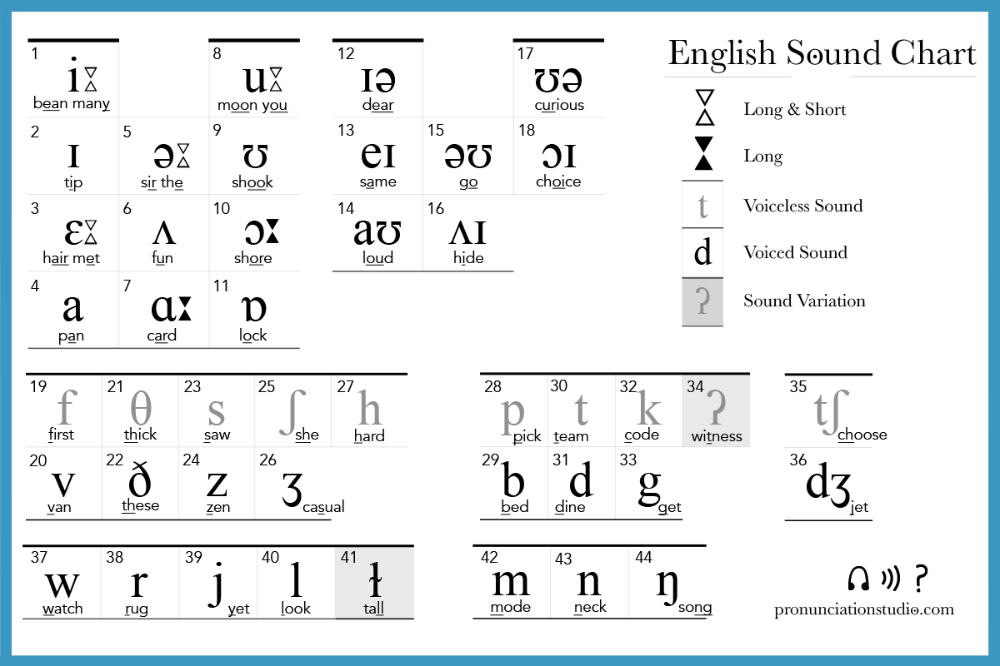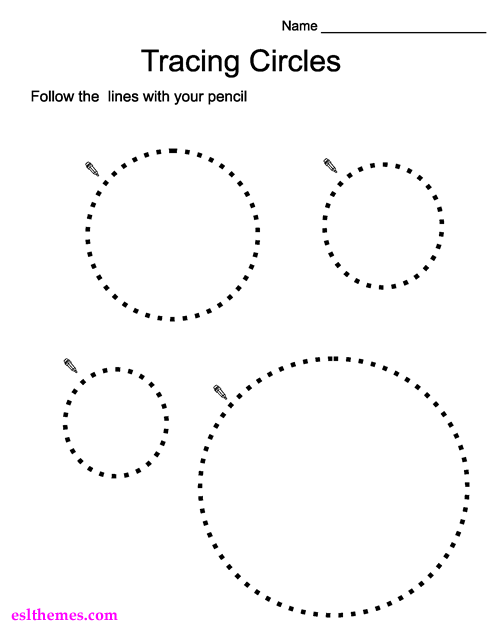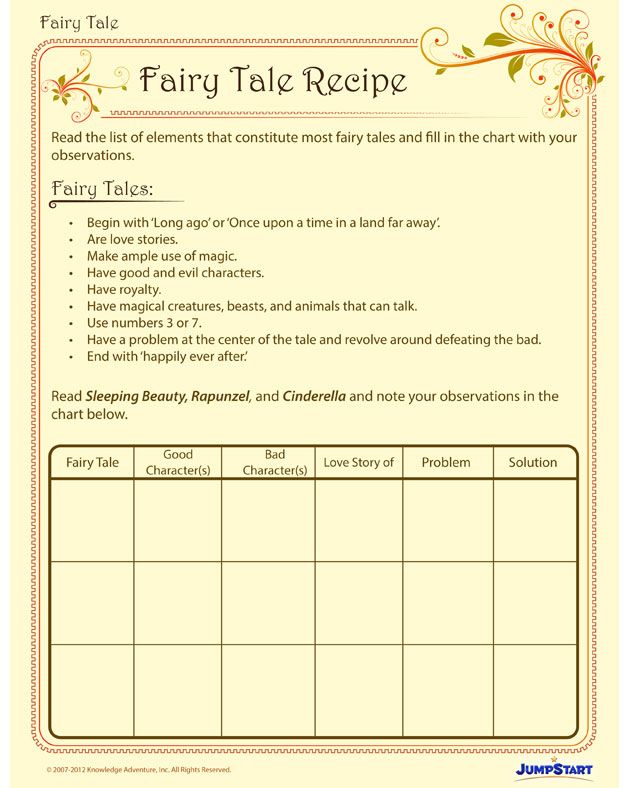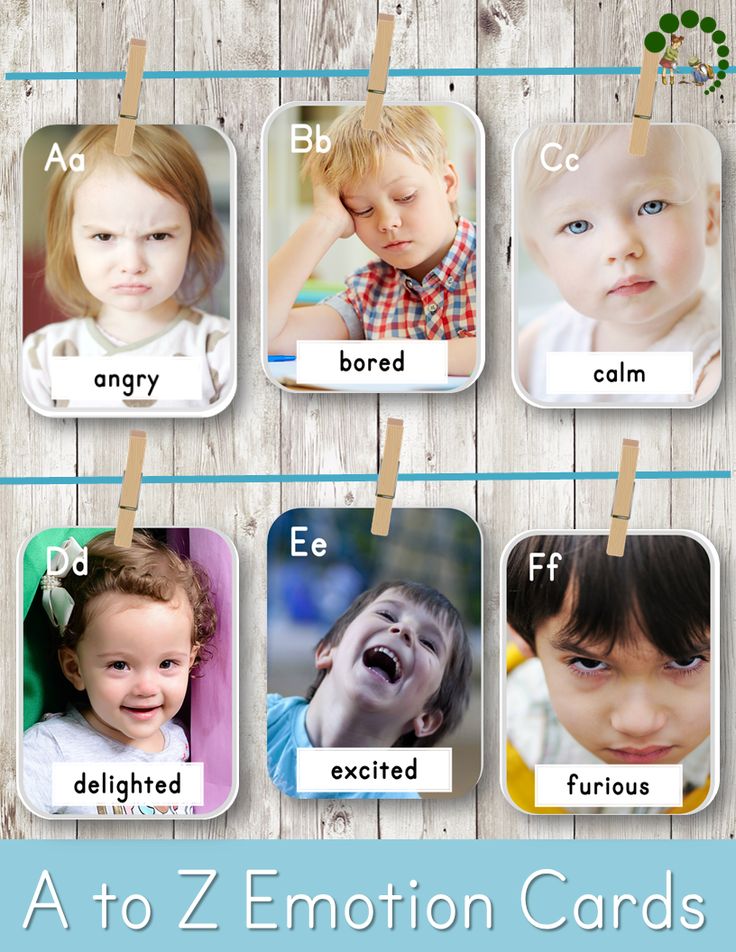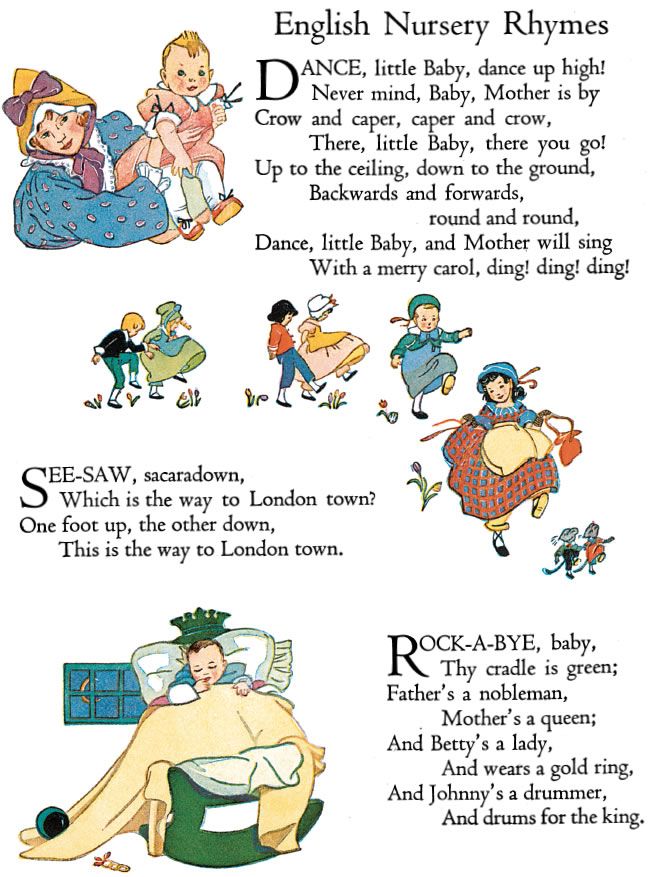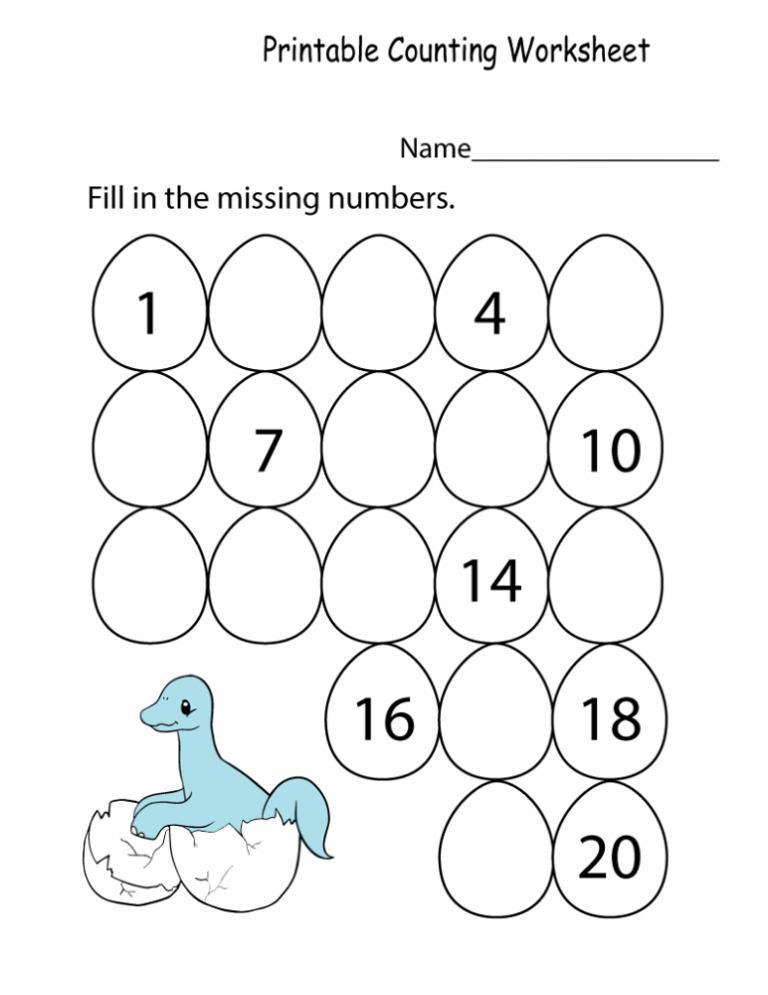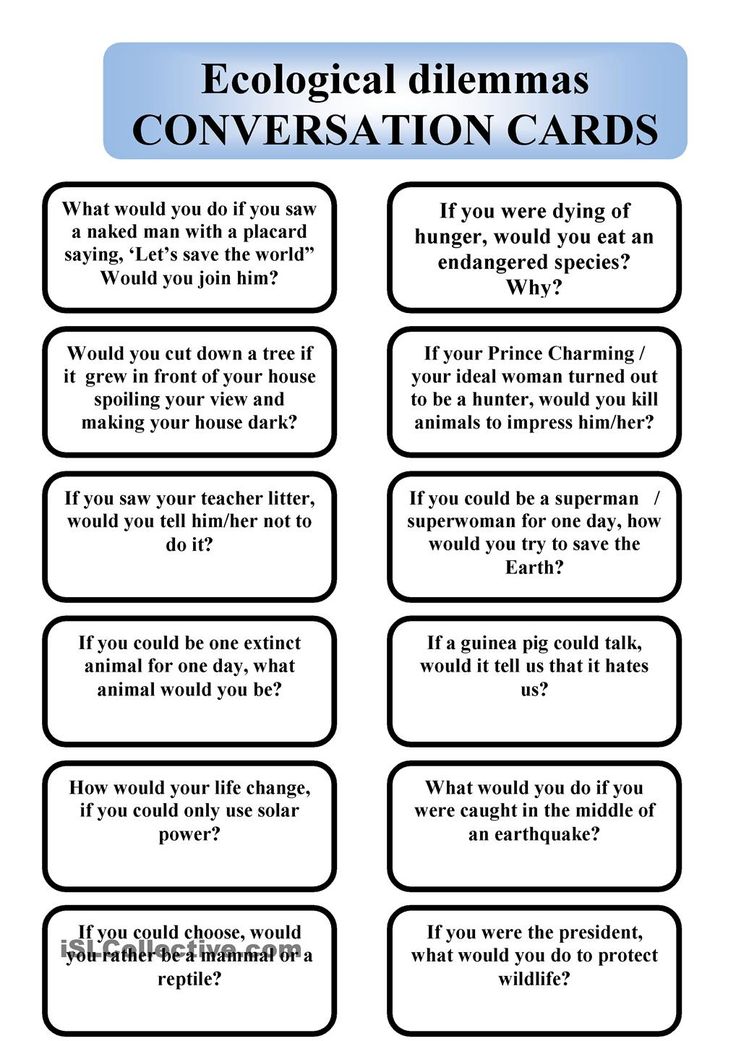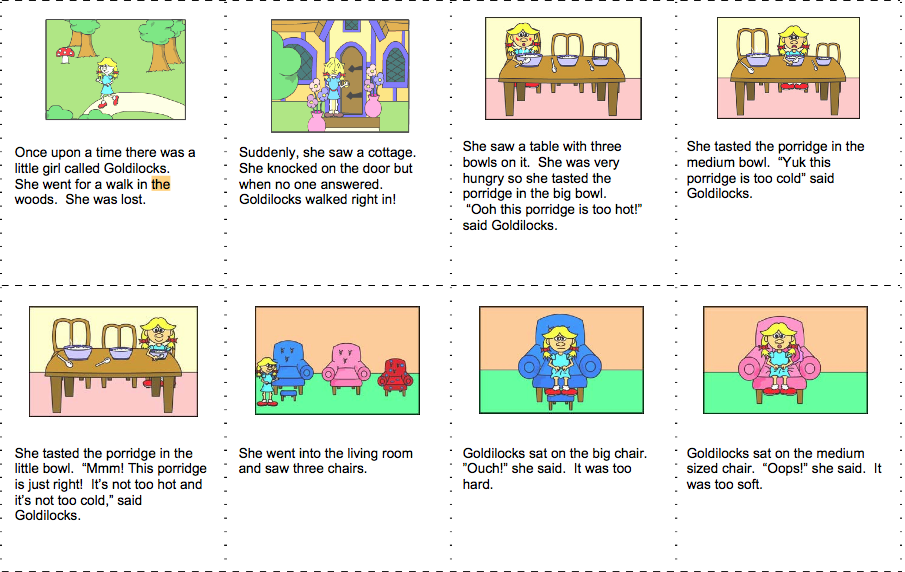What is long i sound
How To Teach The Long I Sound
Sharing is caring!
1887 shares
- Share
- Tweet
The long i sound can be tricky to teach since it has several different ways to spell it. But with a handy word list, plan of action, and some fun activities you’ll have a much easier time teaching long i words and your students will thank you.
Looking for a long i word list? You can download the list pictured by signing up below. If you don’t see the signup form, click here.
Six Ways To Spell Long I
The long i sound can be represented by 6 different spelling patterns:
- i – silent
- i_e – kite
- igh – night
- y – my
- y_e – type
- ie – pie
Spelling Generalizations For Long I
Just I
In open syllables, the long i sound is represented by just the letter i by itself. Most of these will be 2 or more syllable words, such as silent and idea. Students must understand open and closed syllables to be able to apply this.
I alone can also make the long i sound when it comes before two consonants, as in the words pint and kind.
I_E
The i silent e spelling pattern is very common and one of the first students learn. Of course, students should be confident with the magic e syllable. These words are most often one syllable, and the long i sound will be in the middle of a base word or syllable. Some examples of long i words with silent e are mine and hike.
IGH
The igh spelling pattern is another common representation of the long i sound. This spelling pattern appears in the middle of a base word or syllable. Some examples are sight and tonight.
Y
When the long i sound is at the end of a base word, the most common way to spell it is with a y. Examples include: cry and why.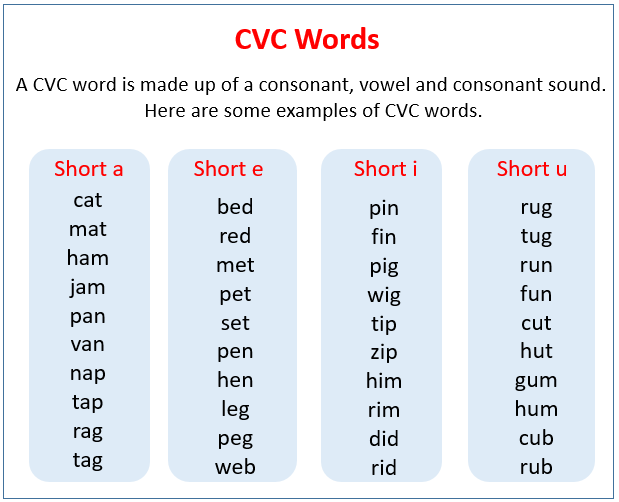
IE Vowel Team and Y_E
Both ie and y_e are less common ways to spell the long i sound. Examples include pie and type.
Tips For Teaching The Long I Sound
When you start teaching the long vowel sounds, you really have to focus on spelling generalizations, homophones, and homographs. Teach one spelling pattern at a time, and once one is mastered you can add in another. It’s much easier to learn how to read these than to learn how to spell. Since they all sound the same and can appear in the same place, choosing the right spelling pattern can be tricky.
One rule you can teach is that English words do not end in i. So students should know words that end with a long i sound won’t be spelled with just i. There are a few exceptions, most of which are foreign words (chai, macaroni, kiwi) but the one most students will notice is hi, and hi is slang for hello. But you won’t be using foreign words in your instruction so this rule can help students.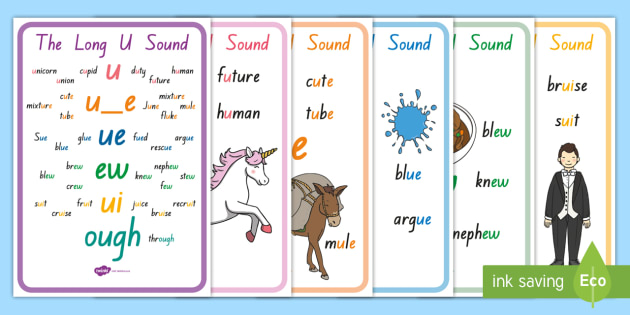
Teach the process for deciding on the spelling pattern.
This is what you’ll do for all long vowels, though for long o it is more specific.
Once students are familiar with all the options for spelling long i and they know open syllables and the silent e syllable, you can teach them the process for determining the spelling pattern a word has.
When students come across a word with long i and they need to figure out which spelling pattern to choose, here are the questions they can ask:
- Is there more than one syllable?
- Is there a base word?
- Where is the long i sound in the word?
- Could this be one of the less common ie or y_e words?
Students should first break the word into its syllables, and go through the questions.
This will take some practice so try going through a set of words with your students a few times, then have them do some more on their own. This is the same process they will use with other long vowel sounds so it’s a great skill for them to have.
Also, because there are multiple options expect students to get them wrong sometimes, and tell them this! It’s ok if they make mistakes as long as it’s another valid spelling option and not something that doesn’t follow any rules. Through repeated exposure and practice they will eventually internalize the correct spelling pattern for words.
Long I Activities & Lesson Ideas
Phoneme Grapheme Mapping – This is a great activity that really isolates the phonograms for students to practice. You can get the Phonics & Spelling Through Grapheme Mapping book and follow the long i lesson, or use my word list to do the same activity using sound boxes. See below for an example from my Long I Word Work set.
Sorting – Sorting is always a good idea when you have multiple options for spelling. You can play matching games like memory, just sort them into piles/columns, or create any game that requires sorting by spelling pattern.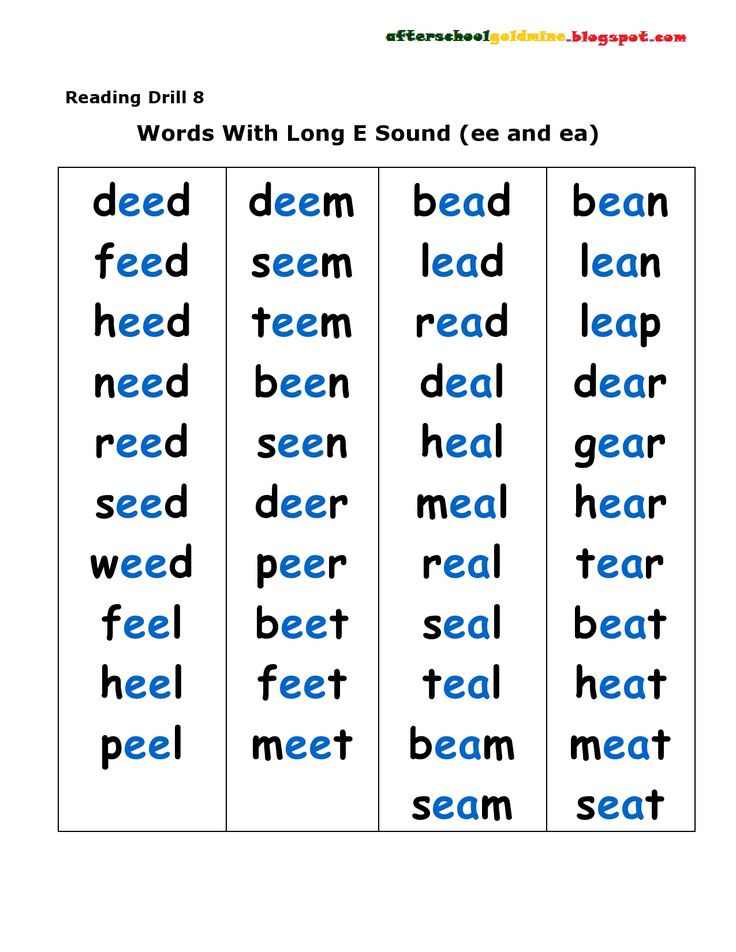 This builds phonemic awareness so it’s always a good activity for all students.
This builds phonemic awareness so it’s always a good activity for all students.
The example below is a page from my Long I Word Work set.
SOS – If you don’t already know what Simultaneous Oral Spelling is, then check out this post here. I love this multisensory spelling method for practicing spelling. And you can do this whole class or one on one making it really easy to use in any setting.
Picture cue cards – Create visual graphics of tricky words, homophones, and homographs. These picture cues really help students remember which pattern to use. I suggest you make these using index cards and keep them in a baggie or box for reference. See an example below (it’s for a long o sound but you get the idea).
Games – Of course, I always include games because it’s just so easy to add a stack of flashcards to any game and make it educational! Use an easy to play board game where students need to pick up a card on their turn and add a task like reading the word aloud and sorting it, or asking another player to spell it, or even something as simple as having them air write the word after reading it aloud.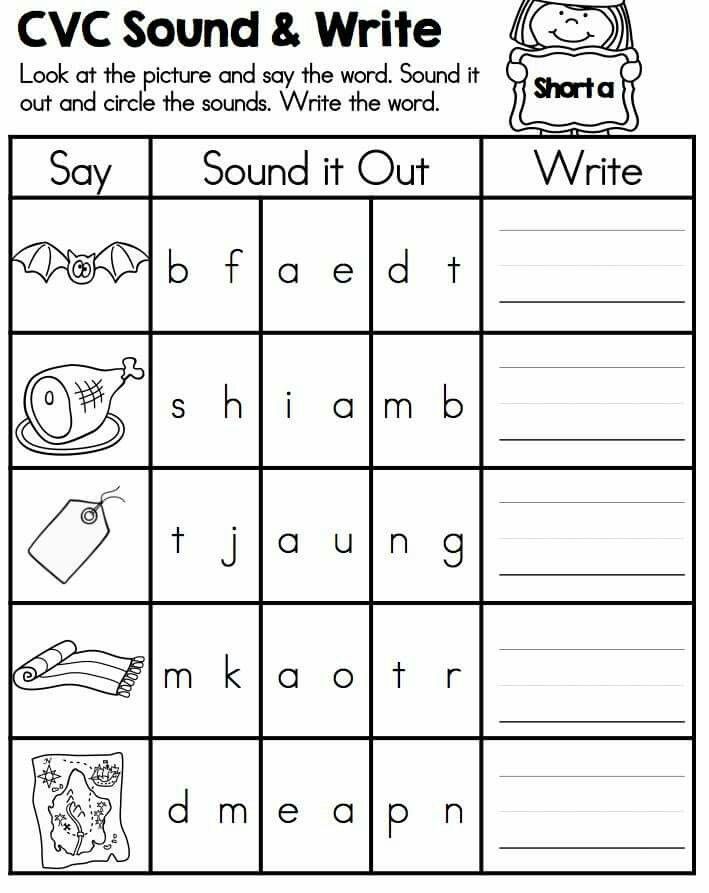 Or print off a teacher-made game here.
Or print off a teacher-made game here.
Dictation – This is another fantastic activity but I would do this after you have spent some time on long i because it is harder for students. Also when dictating words, give students a clue about the spelling such as telling them it’s a vowel team or open syllable.
Constant Review – Remember to keep these spelling patterns in constant review after they are learned, so they are not forgotten. Using a sound wall is a great way to do this without it taking any extra time.
Long I Worksheets
If you’re looking for long i worksheets, check out my set of Long I Word Work. It includes worksheets focusing on the different spelling patterns for the long i sound, some games and activities, reference sheets and posters, and a word list. Check it out here for more info.
If you’re looking for more tips on teaching reading to struggling learners, check out these other posts:
- Phonemic Awareness Strategies & Activities For Struggling Learners
- The 6 Syllable Types
- Why You Should Switch To A Sound Wall
- Reading Strategies for Struggling Readers – Elkonin Boxes
- Teaching Reading Comprehension Strategies – My Secret Tip To Improve Reading Comprehension
- Multisensory Strategies for B & D Reversals – Dyslexia Intervention
- Multisensory Spelling Strategy for Struggling Learners – Dyslexia Spelling Strategy
Want to remember this? Save
How To Teach The Long O Sound to your favorite Pinterest board!Sharing is caring!
1887 shares
- Share
- Tweet
173+ Long i Vowel Sound Words (Free Printable List)
Grade 1 | Grade 2 | Long Vowels | Vowels
ByKatie
This post may contain affiliate links.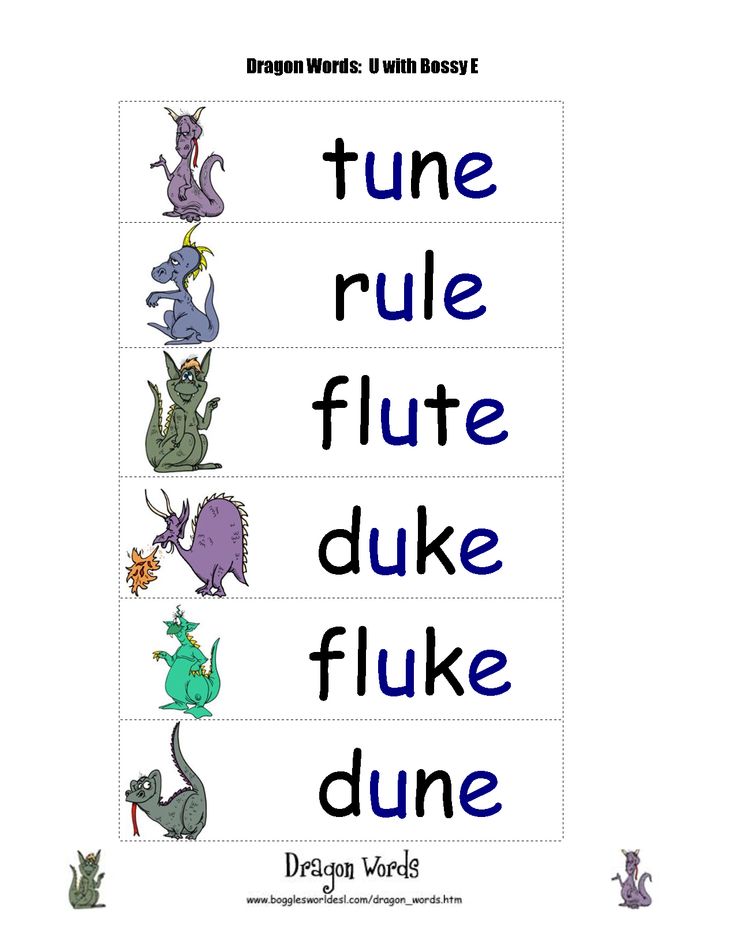 Please see our disclosure policy.
Please see our disclosure policy.
Learn all about long i and the six ways to spell the long i vowel sound: i, i-e, igh, y, y-e, and ie. You will also snag your own free printable list with 173 words with long i vowel sounds!
Get a new freebie every week!
All About Long i
Just as with all long vowels, the long vowel sound is the same as the letter name.
- Long a says /ā/ like acorn.
- Long e says /ē/ like equal.
- Long i says /ī/ like ice.
- Long o says /ō/ like ocean.
- Long u says /yoo/ like unicorn, OR /oo/ like ruler.
I usually teach my students a little jingle to remember the sound long vowels make. We pound on the table and chant, “Long vowels say their names.” My students really respond positively to this, and it helps them to remember the sounds of long vowels!
Long i can be spelled 6 different ways: i, i-e, igh, y, y-e, and ie.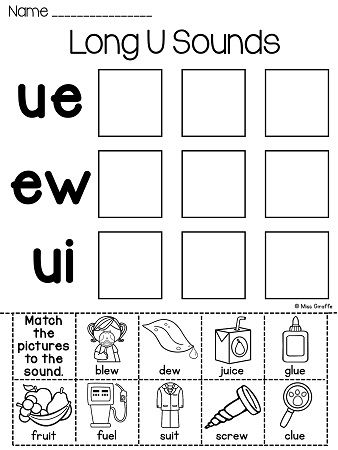 All of these spelling patterns can result in the long i vowel sound. Examples include:
All of these spelling patterns can result in the long i vowel sound. Examples include:
- i like lion.
- i-e like bike.
- igh like light.
- y like fly.
- y_e like type.
- ie like pie.
Long i Sound Words
👉 Scroll to the bottom to download our free, comprehensive long i word list PDF!
i – Open Syllable Words & Wild/Old Words
The letter i by itself will say its long sound when it is the last letter in a syllable. This is called an open syllable. Think about words like hi, li/on, and pi/lot. Since the syllables end in the single letter i, the vowel will make its long i sound.
👉 Exceptions: We also hear the long i sound in many common, but irregular closed syllable words that break the rules.
These ‘exceptions to the rule’ are one-syllable words that end in -ild, -ilt, -ind, and -ist. These are sometimes referred to as Wild, Old Words.
These are sometimes referred to as Wild, Old Words.
Words with open syllable and wild or old words with long i sound:
| lion | kind | climb | hi | quiet | silent |
| I | find | blind | idea | science | bicycle |
| I’m | mind | mild | Friday | iron | Simon |
| I’ll | child | pilot | behind | giant | spider |
| I’ve | wild | item | finally | library | final |
| I’d | sign | trial | decide | China | tricycle |
i-e (Long i with Silent E)
This pattern follows a VCe pattern and results in the letter i saying its name.
Use the sight word ‘like’ to teach this spelling pattern. Write it on the board and ask your students to read it. Because this word is usually one of the first sight words children learn, they should know it automatically.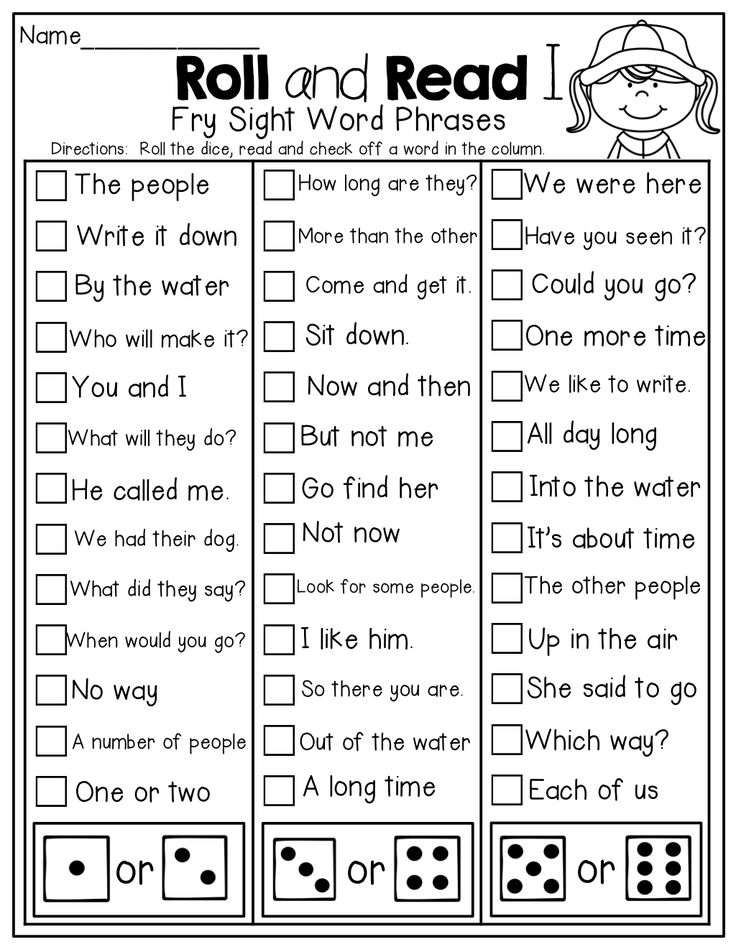 )
)
Follow this general script:
- Teacher: Tap the sounds you hear in the word like. How many sounds do you hear?
- Students: /l/ /ī/ /k/ = 3 sounds.
- Teacher: But we see four letters! When we see i-consonant-e pattern in words, the i will say its long sound. That’s why ‘like’ has a long vowel sound in the middle. Without the letter e at the end, it would say ‘lick.’ Now imagine you raised your hand in class and said “I like my dog.” That magic e at the end is so important because, without it, my sentence would say “I lick my dog.” (Kids always get a hoot out of using this example in a sentence.)
Words with long i with silent e with long i sound:
| bike | smile | bride | exercise | alive | likely |
| time | ride | five | sometime | arrive | provide |
| file | mine | lime | inside | describe | excitement |
| side | kite | slide | outside | combine | aside |
| like | hide | slime | surprise | realize | organize |
| pipe | bite | write | decide | alike | despite |
igh – Vowel Team
Refer to this spelling pattern as “igh – 3 letter i.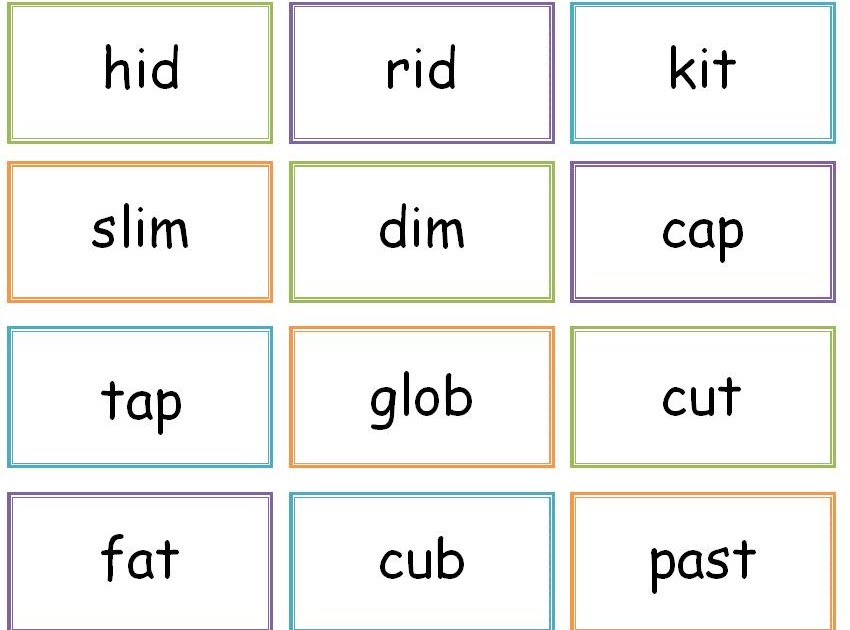 ” It’s a three-letter vowel team. This phonogram is totally irregular and cannot be sounded out.
” It’s a three-letter vowel team. This phonogram is totally irregular and cannot be sounded out.
We learned from The ABC’s and All Their Tricks that this spelling is actually a remnant of Old English and Old German, which is why it looks so strange to us!
Words with vowel team igh with long I sound:
| light | fight | knight | flashlight | highest | moonlight |
| right | sight | fright | higher | lightning | upright |
| might | tight | Dwight | tonight | mighty | eyesight |
| night | sigh | twilight | fighting | highway | sightsee |
| high | slight | tighter | frighten | midnight | skylight |
| bright | flight | fortnight | sunlight | delight | tighten |
y – Vowel
Remember told old saying: “A, E, I, O, U and sometimes Y.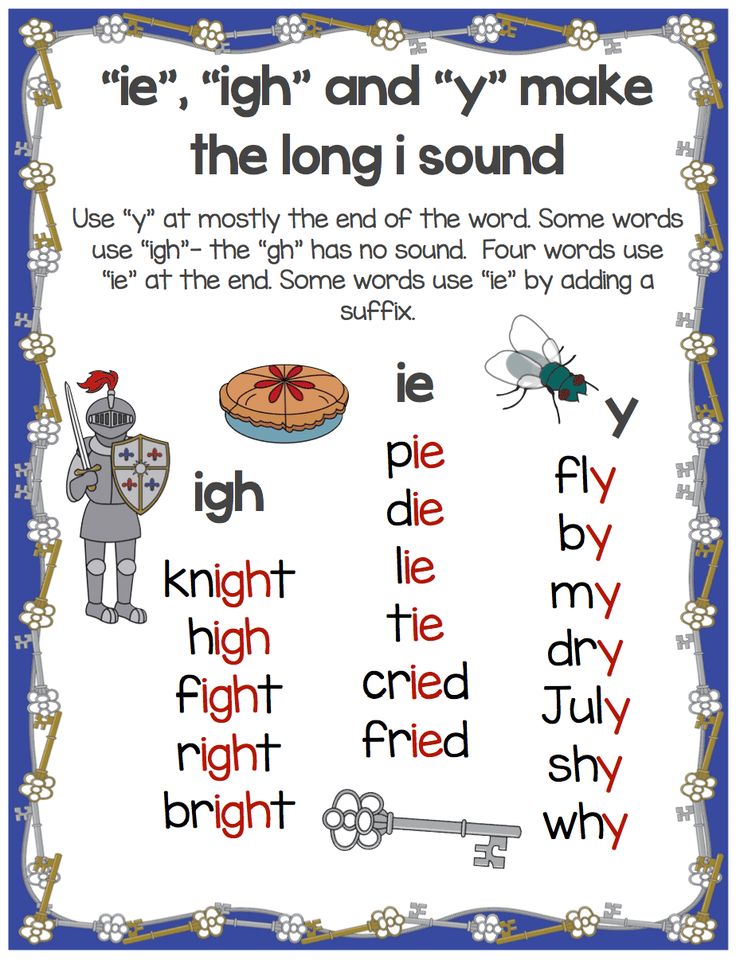 ” Well, let’s teach our students the rules for when the letter y actually is considered a vowel. They can know for sure when that “sometimes” really occurs.
” Well, let’s teach our students the rules for when the letter y actually is considered a vowel. They can know for sure when that “sometimes” really occurs.
👉 Y is considered a vowel when it comes at the end of a syllable or word.
👉 When Y is at the end of a root word, it makes the long i sound.
Multisyllabic words where the vowel y makes the long I sound:
| fly | dry | dying | drying | deny | nylon |
| by | myself | shy | satisfy | multiply | occupy |
| my | cry | reply | hydrogen | magnify | cyclone |
| why | sly | spy | butterfly | neaby | modify |
| try | lying | thy | classify | Wyoming | recycle |
| sky | July | defy | apply | cyclops | tyrant |
y-e (Long Y with Silent E)
When y is in the middle of a word, it is also considered a vowel.
When a syllable follows a y-consonant-silent e pattern, the y makes the long i sound. Many of these words come from Greek, and the y makes the sound of i.
| type | lyme | Bryce | style | analyze | genotype |
| hype | Clyde | byte | typewriter | archetype | freestyle |
| Kyle | hyde | thyme | paralyze | argylye | gigabyte |
| lyme | Lyle | tyke | enzyme | hairstyle | mistype |
ie – Vowel Team
IE is a vowel team. When it comes at the end of a root, it makes the long vowel i sound.
There are only a handful of words that include this vowel team, so teaching these four words together as a word family may be a better approach than teaching and reviewing the vowel team.
| pie | die | lie | tie |
FAQ & Info
What are the best ways to teach long vowels?
Begin by solidifying the difference between long and short vowels.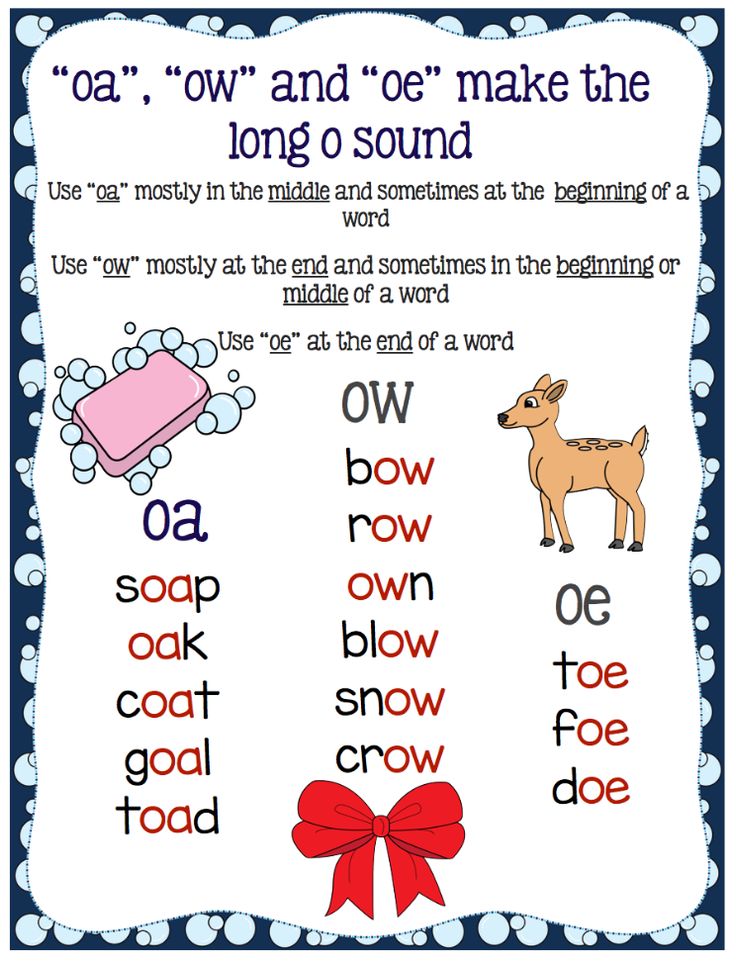 Use hands-on activities, manipulatives, and orthographic mapping activities. Vowel sorts are also great activities.
Use hands-on activities, manipulatives, and orthographic mapping activities. Vowel sorts are also great activities.
Should I teach all long vowel spellings at the same time?
You should not teach all long vowel patterns at the same time. Follow a scope and sequence that targets skills systematically to build a solid foundation.
Do I use all the words on the Long Vowel Word List?
Only choose words from the list that follow the phonics skills you’ve already taught. For example: When teaching the long y spelling for long i, do not use the word “city” with students if you haven’t already taught the soft sound of c says /s/.
Related Posts
👉 Get the rest of the printable Long Vowel Word Lists: Long A, Long E, Long O, and Long U!
- Long & Short Vowel Sorts
- Silent E Worksheets
- Magic Wand Silent E Printable
Download & Print
We hope you can use many of the words on this list as you teach the long i vowel sound.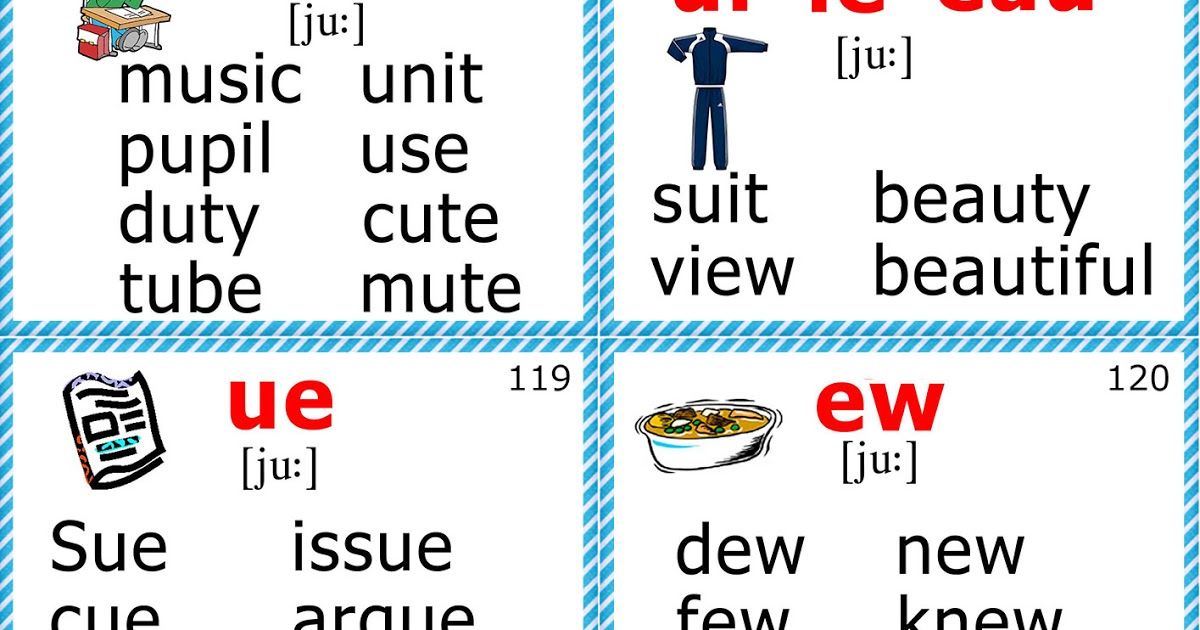 Please comment below or tag us on Instagram @Literacylearn to tell us your best tips for teaching long i.
Please comment below or tag us on Instagram @Literacylearn to tell us your best tips for teaching long i.
Subscribe and Never Miss a Freebie!
TERMS: All resources and printables are designed for personal use only in your own home and classroom. Each person must visit this site and download their own free copy. Please do not photocopy, email, or reproduce our printable resources for other teachers, and please do not reproduce our printables on the web or save them to a shared drive. Instead, please share the resources with others by using the social share links provided or by distributing the link to the blog post itself. This allows us to keep making free resources for everyone! If you have any questions, please email us. Thank you!
Clarity of speech - clarity of thought: how to improve your speech
If others already understand
what you say , do you need to think again about how you speak? Especially if you have nothing to do with professional communication or public speaking? Ksenia Chernova, a speech coach, is sure yes: in her opinion, beautiful sound and clear speech are the same basic necessity as, for example, a neat appearance.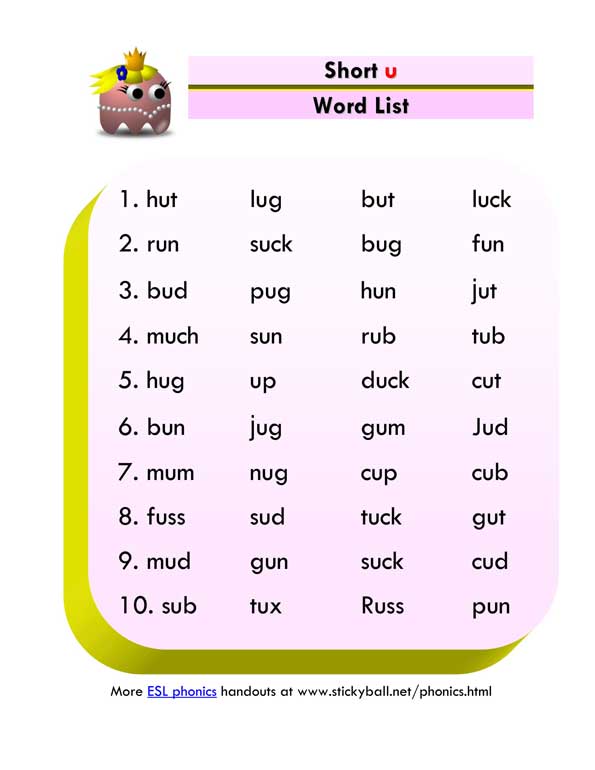 We talked with Ksenia and found out why and how you can independently develop your speech skills.
We talked with Ksenia and found out why and how you can independently develop your speech skills.
Ksenia Chernova
Speech coach, actress, TV presenter, author of Speak Like a God
Usually people rarely have the question “Why dress nicely?” or “Why walk around with a washed head and straight teeth?” (of course, we are talking about a certain category of people who care about how they look and what impression they make). The same story with the voice.
Voice is part of our personality, part of our characteristics, by which people read information about what we are. If we are beautiful visually, but we open our mouths and start creaking, mumbling, mumbling words indistinctly, speaking quietly, uncertainly, with defects - the world around us literally collapses. They do not understand, they have a kind of cognitive dissonance between what they see and what they hear. And if we want to create the right impression of a professional, self-confident person who knows what he wants, we must speak no worse than a minimally trained TV presenter.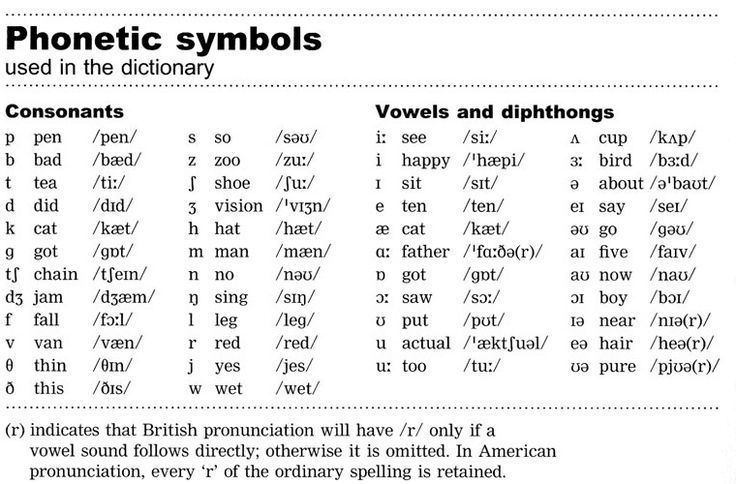 And it's not difficult.
And it's not difficult.
The voice is a very flexible and adaptable structure that can change just like our body can change
But if in the case of the body this is a long process, at least 3-6 months, then you can train your voice quite quickly. Moreover, you can see some first, but significant changes, in, say, 16 hours of classes (these are two days of full-fledged education and training), and the rest is a matter of regularity.
Having received a voice that he himself likes, a person begins to feel completely different - to feel real, more confident, having control over the situation. The voice is training. Training of breathing, sound, articulation apparatus. And also - regular conscious control during the conversation: it is important to at least think about how I breathe, where I sound, whether I have lost my resonator, on which it is convenient for me to talk, whether my mouth opens, whether my language works well …
All of these things are a matter of discipline, just like anything we want to do well.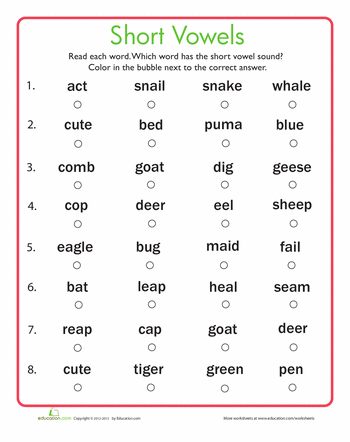 Like any habit, like any restructuring in the body, mind, body, voice and speech training - everything takes time. For some it's two weeks, for some it's a month, and for some it's enough for seven days. It is impossible to predict exactly when speech training will enter life as a permanent skill, but if you are systematic enough, it will definitely happen and is unlikely to take more than a month. My task in the training process is to make people enjoy the way they talk and how they sound. The correct sound usually comes from a well-kneaded and relaxed body, it is the result of the correct adjustment of the muscles, when the body does not get tired of speaking, but takes pleasure in what sounds full.
Like any habit, like any restructuring in the body, mind, body, voice and speech training - everything takes time. For some it's two weeks, for some it's a month, and for some it's enough for seven days. It is impossible to predict exactly when speech training will enter life as a permanent skill, but if you are systematic enough, it will definitely happen and is unlikely to take more than a month. My task in the training process is to make people enjoy the way they talk and how they sound. The correct sound usually comes from a well-kneaded and relaxed body, it is the result of the correct adjustment of the muscles, when the body does not get tired of speaking, but takes pleasure in what sounds full.
What is speech technique? By and large, this is the sum of correct breathing, sounding in the right places, correct opening of the mouth and work of the articulatory apparatus, and, most importantly, filling this entire form with content - with one's nature, sincerity, emotions and energy. This is exactly what people react to, because the main thing is when, in addition to having a beautiful sound of voice, we also know how to convey everything that we have to them.
This is exactly what people react to, because the main thing is when, in addition to having a beautiful sound of voice, we also know how to convey everything that we have to them.
Things you can do on your own to improve your speech
Quality speech training is a process that needs to be supervised by a specialist. However, there are basic, initial steps that everyone can do on their own to see some first changes and maybe consider turning to professional training later.
Breathing and warming up
Good speech is based on correct breathing, so watch how you breathe the next time you wake up. Usually, when a person is relaxed, when he has not yet jumped out of bed and has not run to do business, he has the muscles that we need. So, try to feel them - what muscles do you work when you lie in a relaxed state? Do you have any clamps in your back? What are you breathing? I personally have not yet met people who, in a relaxed lying position, would breathe with something other than their stomach - that is, the way one should breathe.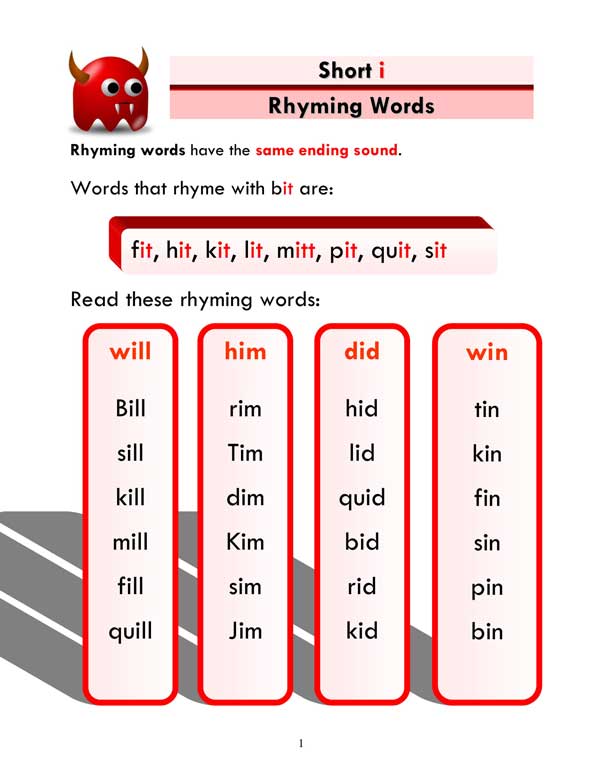 When we breathe relaxed, moan, cough, laugh, natural mechanisms work for us - we do all this with the abdominal muscles.
When we breathe relaxed, moan, cough, laugh, natural mechanisms work for us - we do all this with the abdominal muscles.
Many people who teach speech try to give their students vocal breathing, which is not necessary, because speech and vocal breathing are different things. Yes, they have the same principle, but there are several nuances that are important for sound reproduction. The vocal voice differs from the speech voice at least in that it is more processed. If we all spoke with a vocal voice, we would sound like a cartoon opera singer. To make it a pleasure for us to talk, so that the voice seems to flow from our body, we need to take into account breathing techniques with the stomach.
Right in the morning, lying in bed, watching how your stomach breathes when you are relaxed, inhale and exhale for "fuuu" with slightly closed lips. Pay attention that at this moment your chest does not move. After several "fuuu" , we inhale and exhale on "s", as if squeezing the air out of ourselves with the abdominal muscles, all other muscles should be relaxed.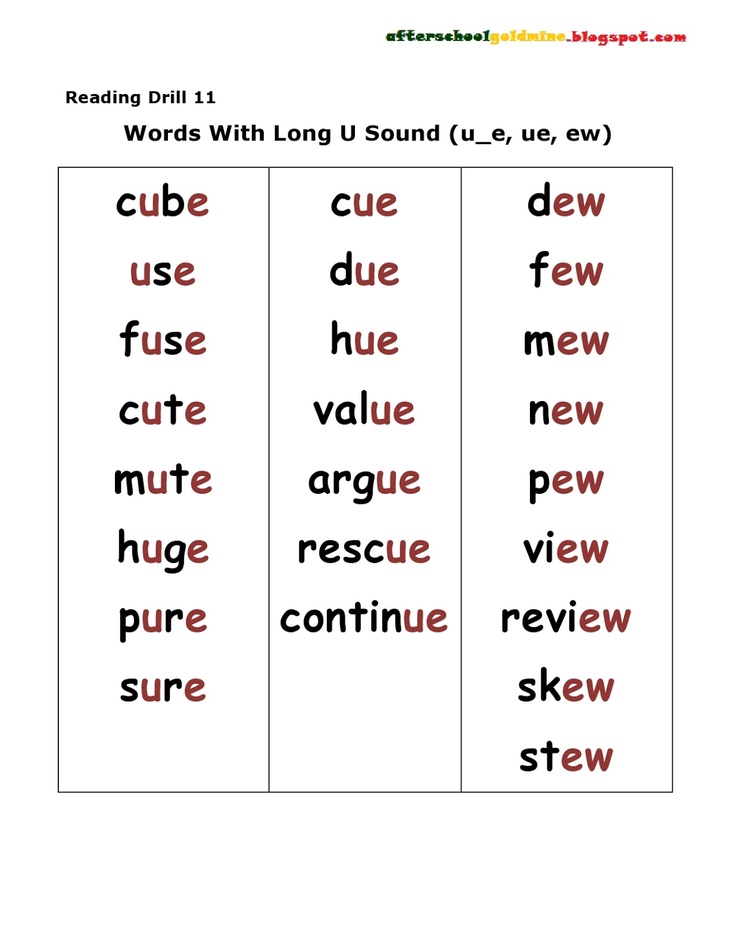 Imagine that you have a reservoir with air in the lower abdomen (the air that we exhale is our potential sound), and you exhale all this air from the reservoir under pressure into your front teeth. Not to the top of the head, not somewhere in the back of the head, but to the front teeth and to the sound "s". And so 6-8 times, after which you need to get up and try to do the same exercise, but already standing.
Imagine that you have a reservoir with air in the lower abdomen (the air that we exhale is our potential sound), and you exhale all this air from the reservoir under pressure into your front teeth. Not to the top of the head, not somewhere in the back of the head, but to the front teeth and to the sound "s". And so 6-8 times, after which you need to get up and try to do the same exercise, but already standing.
After you understand that you are breathing correctly and you have no obstacles between your stomach and front teeth, we try along the same trajectory, without changing anything in the muscles, exhale to the sound "m" , so that the teeth rattle, upper lip, nose wings. This is called a resonator - there are four of them in total, but since we train only the basic things on our own, we warm up the main one with this exercise. The next step is to combine the lowing with the warm-up of the cervical and shoulder parts of the body, that is, when you breathe "m" , do a few soft circles with your head in one direction, then in the other, up and down and left and right. Then we switch to the shoulders: we sound into the resonator and make circular movements in one direction on one exhalation, we get air - and in the other direction on the next breath. Why do we stretch our shoulders and neck? Because if there are some clamps in them, this also interferes with speaking in a quality manner. For example, if the shoulders are raised, the voice does not sound even, but as if pressed down.
Then we switch to the shoulders: we sound into the resonator and make circular movements in one direction on one exhalation, we get air - and in the other direction on the next breath. Why do we stretch our shoulders and neck? Because if there are some clamps in them, this also interferes with speaking in a quality manner. For example, if the shoulders are raised, the voice does not sound even, but as if pressed down.
Articulation
After we have stretched the body, neck and shoulders, we practice a simple phrase: "Mom, mom, honey to us" , still speaking as if from the stomach. With this phrase, we learn to connect the correct consonant sound with vowels - we need to learn how to do this so that there are no gaps between "m" and "a" - and then, finally, we move on to warming up the articulation apparatus, doing articulation gymnastics, knead lips, tongue and jaw.
Here are some of the simplest lip warm-up exercises (you can easily see them visually on the Internet):
- Pull out the lips with a "proboscis" and twist them from side to side.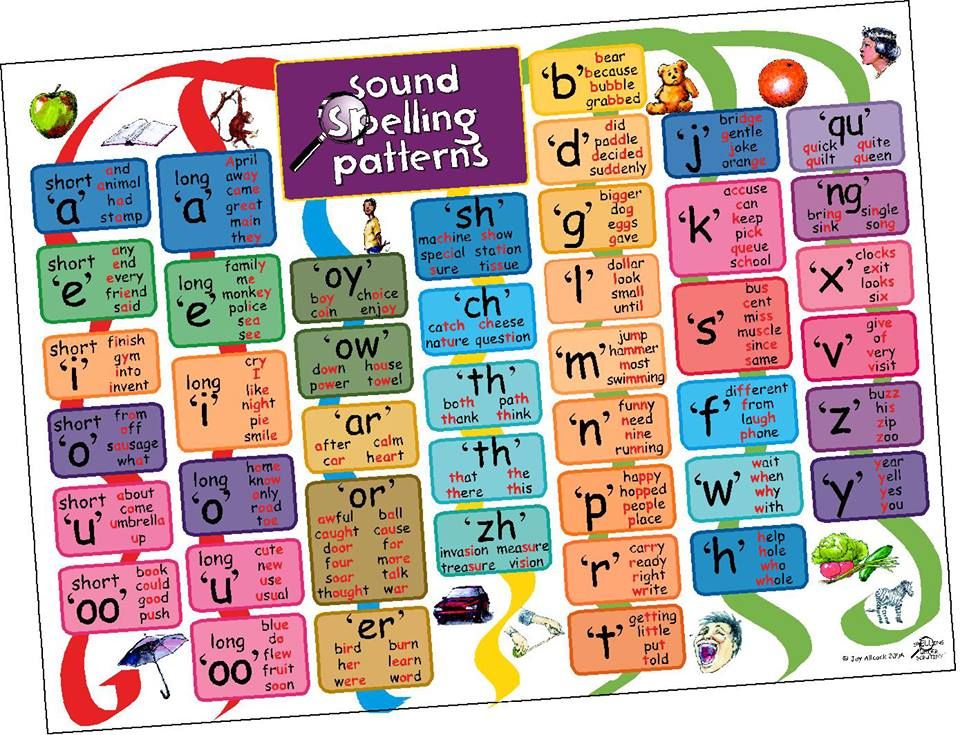 It is important to twist with the lips and not work with the jaw - it is closed and does not help the lips, only the muscles of the face work! They did this 8 times from side to side and relieved the tension, as horses do, like "pfrrr" from the stomach to the lips, so that the lips tremble.
It is important to twist with the lips and not work with the jaw - it is closed and does not help the lips, only the muscles of the face work! They did this 8 times from side to side and relieved the tension, as horses do, like "pfrrr" from the stomach to the lips, so that the lips tremble.
- Then we do the same, but now we move our lips up and down, also 8 times and also release tension.
- Now turn on the tongue and with circular movements from the inside of our mouth we knead the muscles of the cheeks and lips, the tongue itself is kneaded. This is a hard exercise, the muscles get tired from it, but this is a beautiful fatigue. So you need to do 5 times in one direction and 5 times in the other, pressing your tongue on your cheeks and lips. Releasing tension.
- After we have kneaded the tongue and lips, knead the jaw. First, we simply knead the jaw joints near the ears with our fingers, then we open our mouth so that the fingers fall into these parotid cavities, then we can move the jaw from side to side.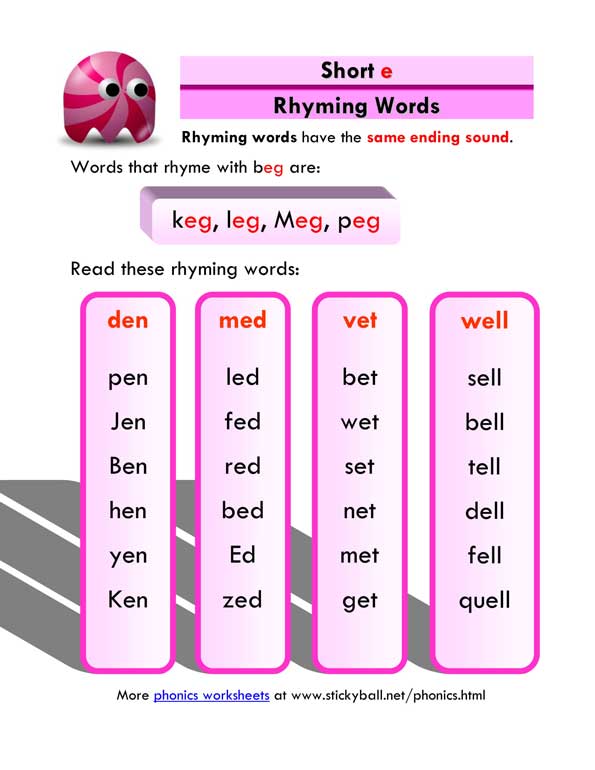
- There is one more secret exercise - we take a marker, lipstick, mascara, a pencil, in general, something oblong, and insert it into the mouth across, clamping it with our teeth, checking if the muscles of the face are tense - they should be relaxed. In this state, we begin to speak, for example, the following tongue-twister: "On Thursday the fourth at four and a quarter o'clock four little black grimy little imps drew a drawing in black ink" . Your task is to make the words sound as clear as possible even in this uncomfortable position. This will perfectly stretch your jaw, lips and tongue, and when you take the marker out of your mouth, you will immediately feel how much easier it is to speak and sound.
In general, in the case of gymnastics of the articulatory apparatus, there can be no wrong exercises - do any that you find. The only point: make sure that when you start using your mashed speech apparatus, your lips do not become active and do not “dance” all over your face, it looks ugly, articulation should not irritate your listener.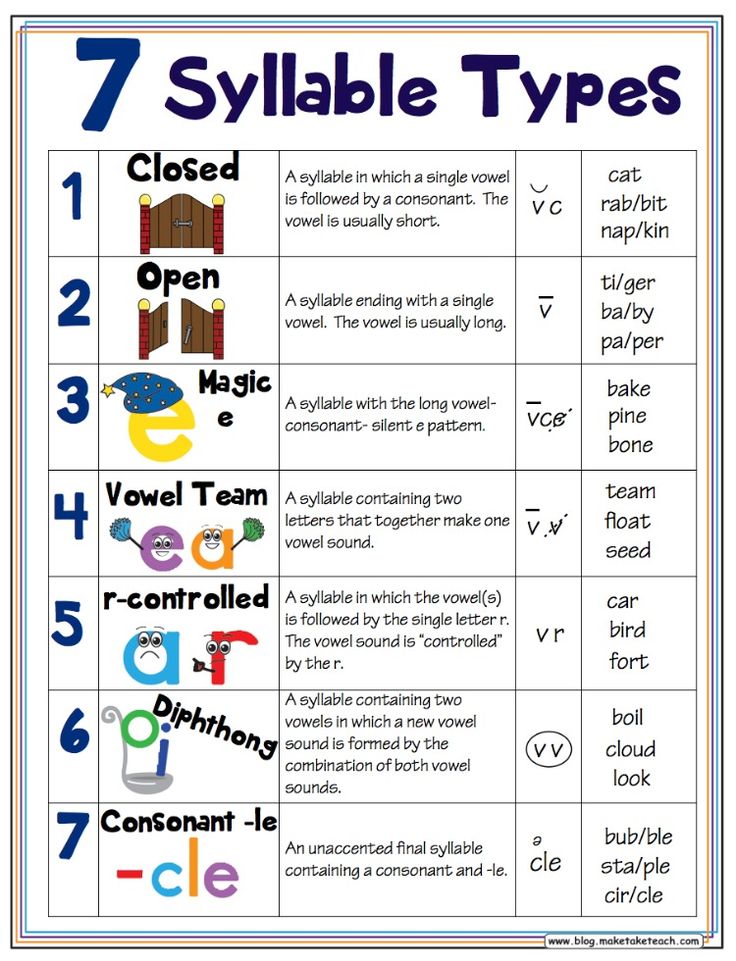 Look carefully at how high-quality TV presenters speak: they do not have excessive articulation, but their jaws open well on stressed vowels. There is probably not a single presenter who speaks with a closed mouth and a closed jaw, but in ordinary life there are a lot of such people.
Look carefully at how high-quality TV presenters speak: they do not have excessive articulation, but their jaws open well on stressed vowels. There is probably not a single presenter who speaks with a closed mouth and a closed jaw, but in ordinary life there are a lot of such people.
Diction
Diction can be worked out qualitatively in just 3-5 days of classes, if you devote at least 2 minutes of your time to articulation exercises and tongue twisters every day. Clean tongues are special phrases and phrases, the same as tongue twisters, but we use them not to speak quickly, but to speak clearly.
An example of a tongue-twister: "There is a priest on a shock, a cap on a priest, a shock under a priest, and a priest under a cap" . Quite often, when people say it for the first time, they “swallow” half of the sounds. Say this tongue twister, pronouncing the endings clearly and distinctly (you can record yourself on a voice recorder to listen from the side).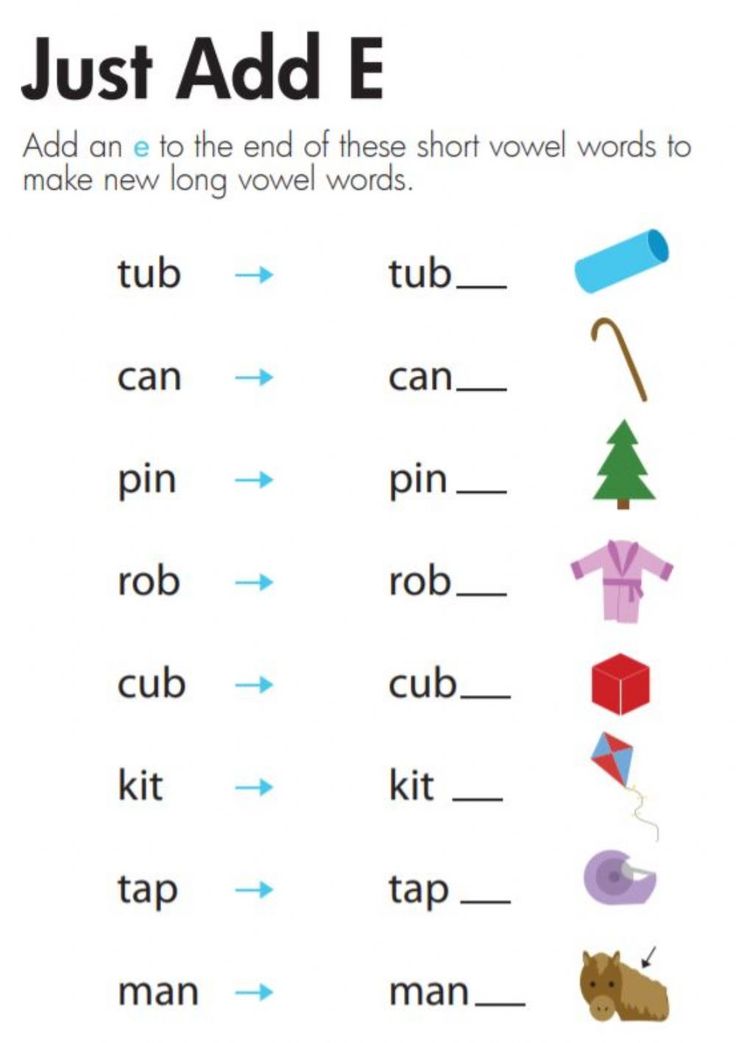 Next, pay attention to how you pronounce stressed vowels. They should be slightly longer in sound and more filled with sound than other sounds. Stressed vowels are the core of the word, they are responsible for its volume and beauty.
Next, pay attention to how you pronounce stressed vowels. They should be slightly longer in sound and more filled with sound than other sounds. Stressed vowels are the core of the word, they are responsible for its volume and beauty.
And one more point that should be noted is the fluency of speech: try to speak each phrase as one word, as a single structure. Words should flow one into another, you need to speak in perspective, and not put dots after each word.
Speech training does not belong to the category of processes that must be done in childhood. If you were not taught to speak correctly in childhood, this does not mean that good speech should be put an end to, because a person has the opportunity to work with his voice at any age.
Music, sound! : fox_cherry_lee - LiveJournal
?- Music
- Cancel
🎷🎺🎸🎻🎧
🎺Entry for those who follow the rules! 🎸
🎻
Lisa starts the New Year's concert!
The only one of the year!
The most unusual and magical concert!
Join us!
🎻
At the end of the outgoing year, everyone can receive a song from Lisa as a gift.
His own song for the next year.
Prediction. Clue. Warning. The answer to the question. Mascot. Forecast for the year.
Mood. Or a joke.
Each song will give something different for a year.
🎻
Lisa's traditional musical divination is open!
And I accept applications from now until 14:00 on December 31, 2021, also in Moscow.
🎻
IMPORTANT! Songs will go only to those who follow the rules!
🎻
RULES!
1. Indicate your desire to receive a song by writing about it in the comments TO THIS POST! Not in a personal, not in the mail, not to other posts.
 Only here!
Only here! 2. I send the song as a reply to your comment. Nowhere else. Watch your comment and reply to it. If you have lost it, look for it yourself.
3. One person can leave only one application and only for himself, not for anyone else.
3. Applications are executed strictly in the order of the queue and in the way that I have time in time.
The action goes on for a long time. From experience: three to four weeks. Patience! The song is valid for exactly one year from the moment you received it.
4. Claims that the application is not executed are accepted ONLY AFTER I officially announce the completion of all applications. If a person in ANY WAY reminds of himself and complains about the absence of a song without waiting for the final announcement, he loses the right to receive a song, because he climbs out of line. For any scandal - an eternal ban.
5. Claims are accepted only with the presence of a print-screen, that is, a screenshot showing that around the application have been completed, but one has not, and the time of the application is indicated.
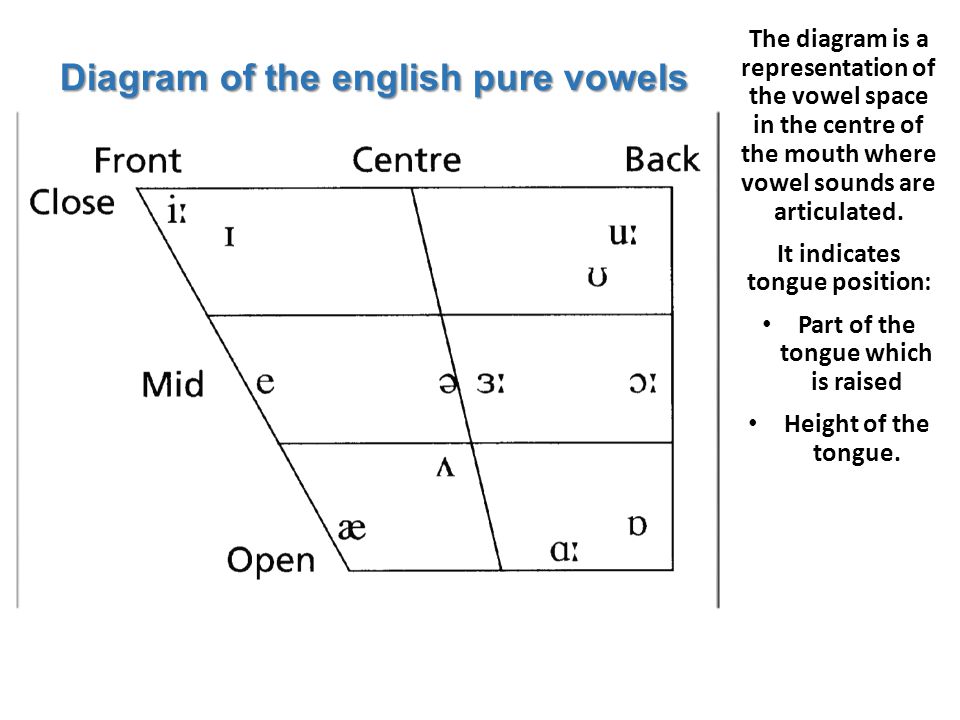 No print-screen and application time - no answer.
No print-screen and application time - no answer. 6. All songs meet my taste. I do not impose my taste on others, I have no purpose to offend or offend anyone. The songs that I publish do not call for anything and do not promote anything. But, if at least something can offend your feelings, please do not participate in the game.
7. DO NOT arrange a parallel exchange of music in the comments or send me songs in return. This confuses me and weighs down the comment feed. Such comments are deleted along with the commentator.
8. The deadline for accepting applications is specified IN MOSCOW! I will close the call for applications at my own time. See the difference between Moscow and another locality.
9. Applications will not be accepted after the specified time. No way. None.
10. Everyone deciphers the song himself. I'm not suggesting to ANYONE.
As a master of the word, I advise you to rely on the words, on the content (look for a translation, if necessary), but you can also feel her mood or emotions associated with the song, or maybe you need to remember the plot of the film (performance), where the song comes from.
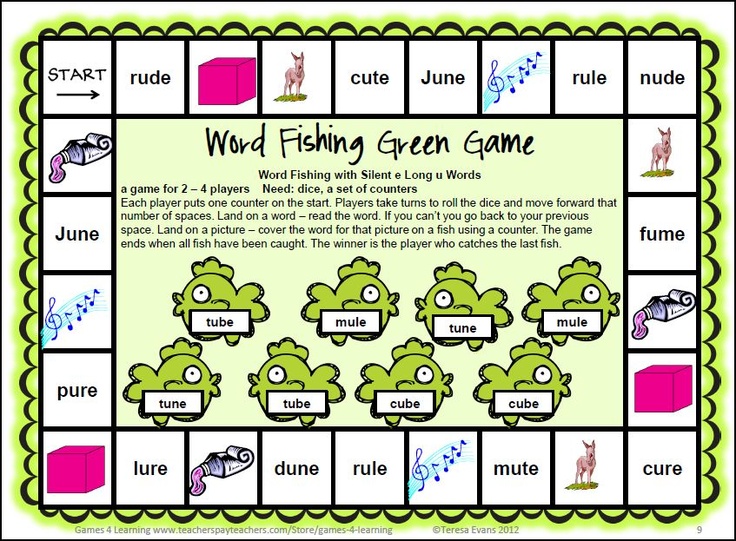 I give clarifications if SAMA thinks that the song is difficult to understand. In other cases, everyone thinks with his own head.
I give clarifications if SAMA thinks that the song is difficult to understand. In other cases, everyone thinks with his own head. 🎻
ONCE AGAIN
I accept applications until 14:00 (Moscow time) on December 31, 2021, then I will close the reception. Songs will give out exactly as much time as I need (no faster!).
🎻
The action is very time-consuming, any violation of the rules knocks me down and interferes with other participants, so their observance is mandatory. There will be no favors.
🎻
WHO DOESN'T OBSERVE THE RULES... Chur, it's not my fault!
🎻
Ready to get Lisa's song for 2022?
🎻
Tags: Promotions, Yule, Fox music
Subscribe
-
Forecast for Saturday and Sunday 25 and 26 February 2023.
🔥🔥🔥 The next two days, although not associated with any events of the Moon and the Sun, are filled with witchcraft and mystical events. Saturday is like.
